Hans and Sophie Scholl
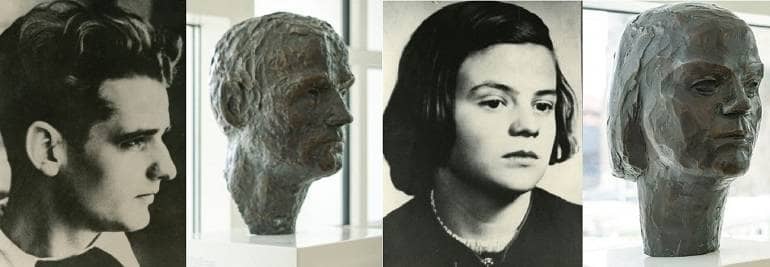
© Deutsches Historisches Museum, Berlin / Stadt Ulm
Just a few hours before the President of the Peoples Court, Roland Freisler, had sentenced Hans and Sophie Scholl and Christoph Probst to death following a lightning-quick trial. The charge was conspiracy to high treason. All three were part of the resistance Group ”Weiße Rose” (White Rose), whose other members Alexander Schmorell, Kurt Huber and Willie Graf were charged, sentenced and executed as well on April 19th and July 13th.
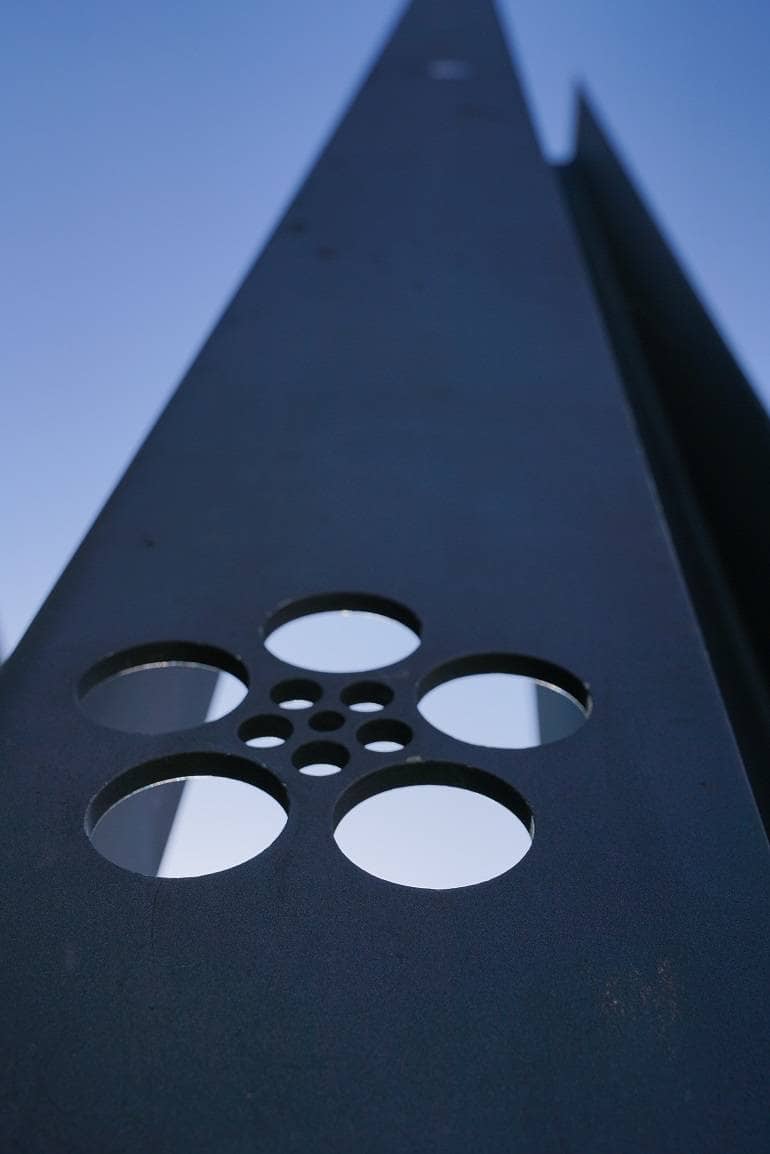
© City of Ulm
A stele at the edge of Münsterplatz commemorates the White Rose resistance group.
The story of the White Rose began in 1942 in Munich. There, in the fall of 1940, Hans Scholl, then 22-year old student of medicine from Ulm and Alexander Schmorell, his Senior by one year, had met and become friends. In Schmorell’s parental apartment they held meetings and discussions with like-minded friends, among them Schmorell’s school friend Christoph Probst. The topics were Theology, Philosophy, moral standards and Literature.
Their decision to actively resist the NS-Regimemay have been influenced by anonymous leaflets which the Scholl family in Ulm repeatedly found in their mailbox. The leaflets contained sermons by the bishop of Münster, Clemens August Graf von Galen. The Sermons gave witness to the extermination of mentally ill patients and encouraged the readers to take a stand against the Nazi terror.
The unknown distributor of these leaflets was Ulm Senior High School student Heinz Brenner. From the beginning of October 1941 he distributed his leaflets to chosen addresses. He was a classmate of Hans Hirzel and Franz Müller, friends of the Scholls. Both would soon to become active helpers to the Scholls indistributing the White Rose leaflets. For this assistance Court president Freisler sent them to the penitentiary in the second White RoseTrial.
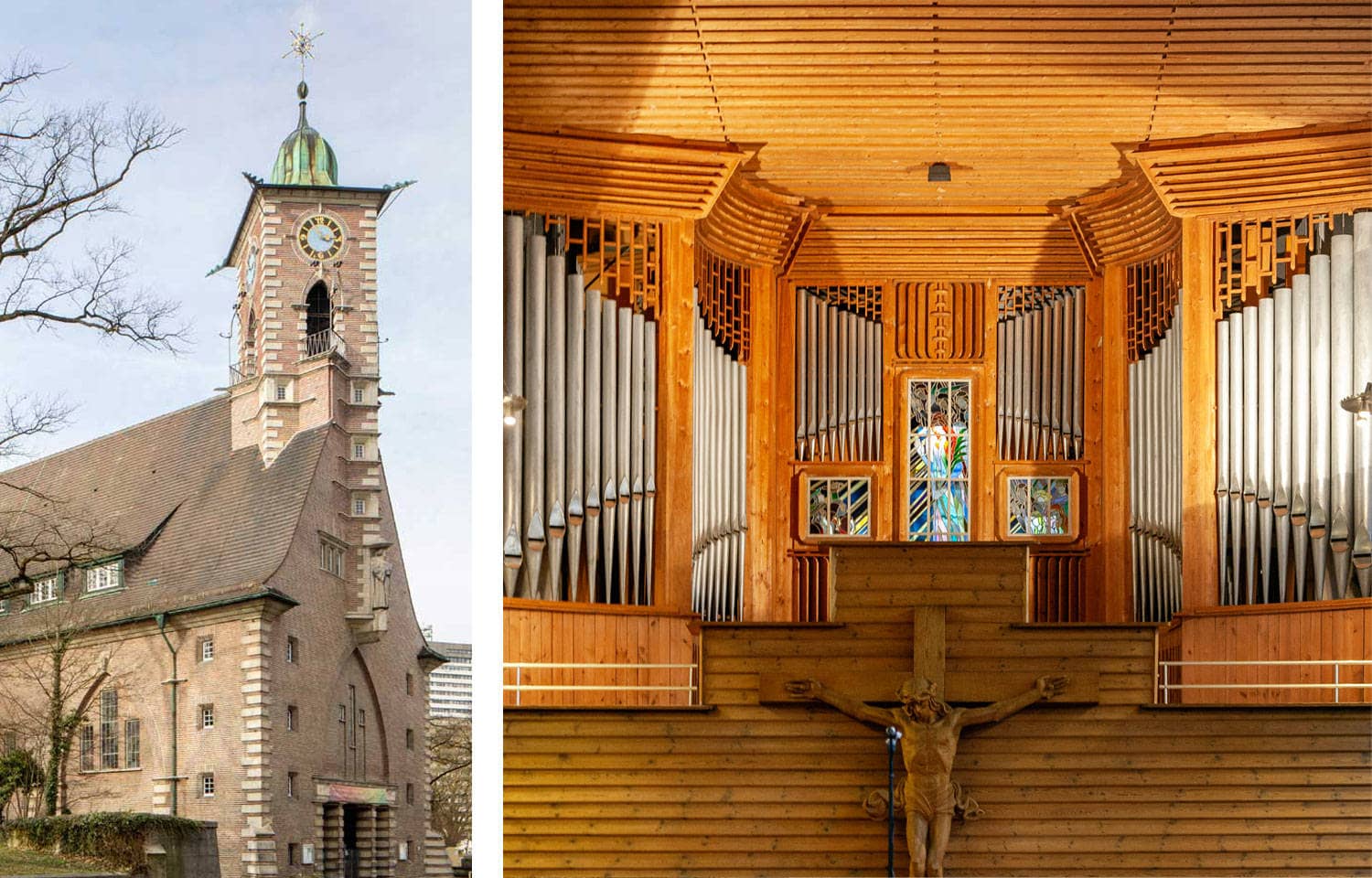
© City of Ulm
Leaflets from the "White Rose" were hidden in the organ chamber of the Martin Luther Church.
”Leaflets of the White Rose” was the title of the first four appeals, written and distributed by Scholl and Schmorell in May and June 1942. The first leaflet starts as follows: ”Nothing degrades a civilized nation of culture more than allowing itself to be ruled without resistance by an irresponsible, despotic clique, driven and obsessed by dark desires and irrational urges.” It culminates in an appeal for passive resistance. The second leaflet reveals the facts on the murder of 300,000 Polish Jews: ”Here we see the most monstrous crime against mankind, an atrocity that is rivaled by no other in the history of mankind. ”The fourth leaflet emphatically calls for sabotage, the fourth ends as follows: ”We will not be silenced, we are your bad conscience, the White Rose will not give you peace!”
From the end of July to the beginning of November 1942 Schmorell and Scholl were drafted to military service at the eastern front, where they met and befriended Willi Graf, 24, from Saarbrücken. Upon their return he joined the White Rose as did Sophie Scholl, who had moved to Munich University in May of 1942 as well as Professor of musical science Kurt Huber, 49.
The tenor of the fifth leaflet, written by Hans Scholl and enhanced by Huber, was significantly more intense. The title had pragmatically changed the White Rose into the ”Resistance Movement in Germany”. The White Rose actually did seek contacts to other resistance groups.
The sixth and last leaflet referred to the horrible defeat at Stalingrad and demanded the the open fight against the NSDAP. On February 18th 1943 Hans and Sophie Scholl placed this leaflet outside the lecture halls of Munich University. While Sophie was throwing the rest into the entrance lobby from the second floor, both of them were discovered, denunciated and arrested. The Gestapo soon caught on to the rest of the White Rose.The inner circle was executed. Ulm students Hans and Susanne Hirzel, Franz Müller and Heinrich Guter and other friends, who had either taken part in the leaflets’ distribution or simply knew about it without reporting it, were sentenced to drastic prison Terms.
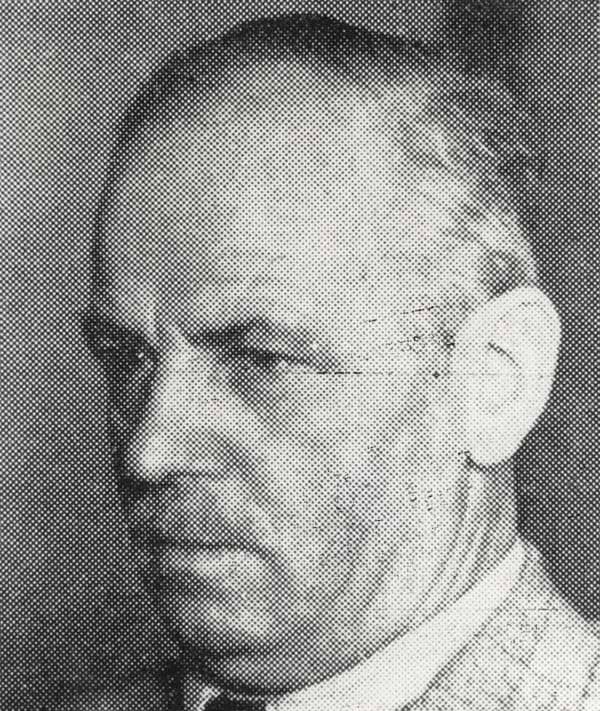
© City of Ulm
Father Robert Scholl was mayor of Ulm for a short period after World War II.
What had driven Hans and Sophie Scholl to act so carelessly and deliver not only themselves but their friends to the executioner? Was it a spontaneous moment of highspirits? An act of defiance? The challenge inseeking the ultimate risk? We find the answer in the complex personalities of Hans andSophie Scholl. Long before the times of the White Rose their expressive characters had caused an uproar in Ulm. They had already become conspicuous while they were active and leading members of the Hitler-Youth (HJ).Their behavior – punctuated by their style ofdress and their haircuts – constituted a total rejection of the bourgeoisie.
The parents, Robert and Marianne Scholl, had moved to Ulm from Ludwigsburg in 1932 with their five children. Father Robert Scholl (1891-1973) was a tax consultant and accountant. He had taken the position of Mayor in Ingersheim-Altomünster in1917. His daughter Inge was born there on August 11th 1917 as well as his son Hans on September 22nd 1918. In 1920 he was mayor of Forchtenberg, where the rest of his children were born, daughter Elisabeth on February 27th 1920, daughter Sophie on May 9th 1921 and the youngest son Werner on November 13th 1922.
When Hitler seized power in 1933 the Scholl children – against the explicit will of their father – felt themselves very much drawn towards the Hitler Youth. Inge Aicher-Scholl describes this seductive attraction to herself and her siblings in her book ”The WhiteRose”: ”We heard much about Fatherland, comradeship, national community and patriotic spirit. This impressed us very much and we paid vivid attention when we heard These phrases in school or in the street. ”Hitler was said to bring back greatness and prosperity to the fatherland. Who could have a problem with that? In addition there were ”the compact columns of the youth with their waving flags, all eyes forward, the marching drums and songs”. This sense of comradeship was overwhelming to the adolescents. They wanted to be part of it.
Quite soon the Scholl children held leading positions in the German Girls Association (BDM) and the HJ. Hans and Sophie especially practiced tests of courage and hardship, always aiming to push themselves and others to the limit. This inspired great admiration and enthusiastic approval from some, others however – especially parents – rejected them and some children and adolescents were actually scared of Hans and Sophie Scholl. Two details in their appearance have gained symbolic character and are still unforgettable to some citizens of Ulm who remember them as trademarks to this day. On one hand we have Hans Scholl’s extremely short trousers,which absolutely had to end one hand widthabove the knee and which he wore quite often even through the winter. Other Boys tried to imitate good-looking and ”suave” Hans – much to their educators dismay who were concerned about the threatening bladder infections.
Sophie on the other hand sported a Boys haircut for a while: short in the back, long inthe front, differing drastically from her contemporaries ’braids. This as well may have been a piece of freedom, enabling her to enjoy nature without girlish consideration for a hairdo. Sophie climbed the highest trees just like her brother and crawled through the thickest bushes on maneuver games. All that just had to seem highly suspicious to the good citizens. Soon she earned the nicknames ”Buabamädle” (tomboy) or just ”d’rBua” (the boy).
In their groups Hans and Sophie practiced ideals like the unconditional sharing of all food and cash – which gave them the image of either communists or true Christians – depending on the observer’s sympathy or antipathy. They subjected their surroundings to an elitist selection process. Not everyone was worthy to join them in the pursuit of their ideals.
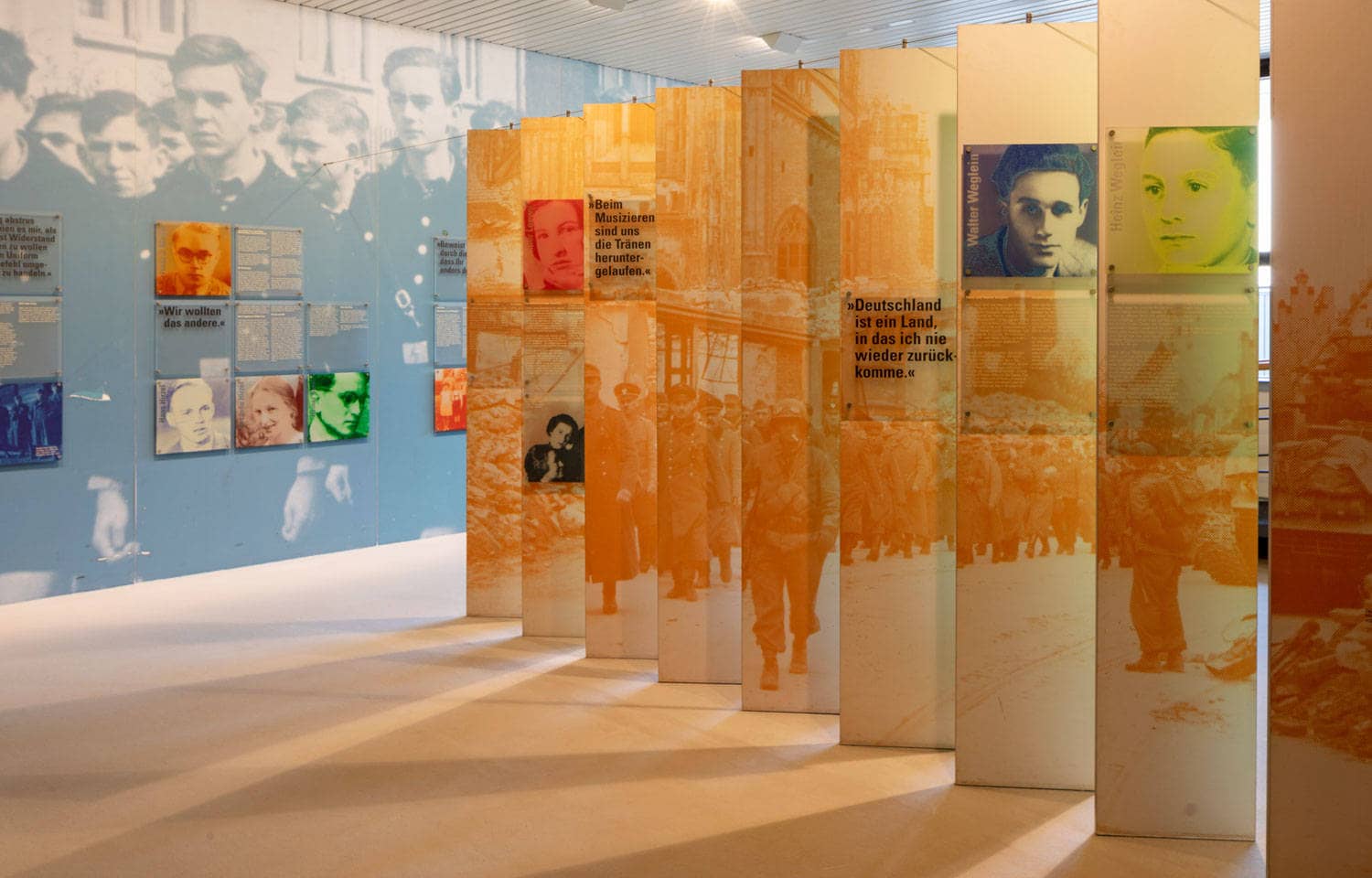
© City of Ulm
An exhibition in the adult education centre portrays Hans, Sophie and 26 other young people from Ulm who came into conflict with the Nazi regime.
This attitude was in total accord with the aims of the German Boys-Association (Deutsche Jungenschaft=dj) founded on Nov. 1st 1929 in Stuttgart by Eberhard Koebel, alias ”tusk”. Like all other branches of the Confederate Youth it was dissolved in 1934. The spirit however lived on within the Hitler Youth (HJ). The Ulm Youth, joined by Hans Scholl in 1933, had been organized by a former member of dj 1.11. in their style. This style had a lasting influence on Hans Scholl. The Russian songs and other songs about freedom and wanderlust, the literature, these ideals that inspired Hans and Sophie Scholl, all this had nothing whatsoever to do with National Socialism. It was the yearning of youth, ”tusk’s” heritage, who actually used a White rose in his writings to symbolize the muses. It was just a question of time until the contradictions to the Hitler Youth and their thought model became obvious. Hans Scholl experienced his moment of revelation at the 1935 party convention in Nuremberg, where he marched with his flag representing 4000 Ulm youths. The convention speeches made him realize the actual objectives of the Hitler Youth for the first time, objectives which had no connection to the romantic freedom he had in mind. In consequence Hans Scholl founded a dj.1.11-group within the Hitler Youth consisting of about 10 students. This finally led to his and his brothers and sisters arrest in 1937. The arrest lasted a few hours. Legal proceedings were opened against Hans to persecute the continuation of the Confederate Youth. Due to an amnesty in 1938 the proceedings were dropped.The influence of dj.1.11 on Hans and Sophie lessened as religion took its place. The friendship with young Otl Aicher of Ulm-Söflingen, who was close to the catholic resistance movement, an encounter with theologists likeTheodor Haecker and Carl Muth – These points of view fell on fertile ground in Hans and Sophie’s minds. The religious stand found its expression in the messages of the White Rose leaflets.
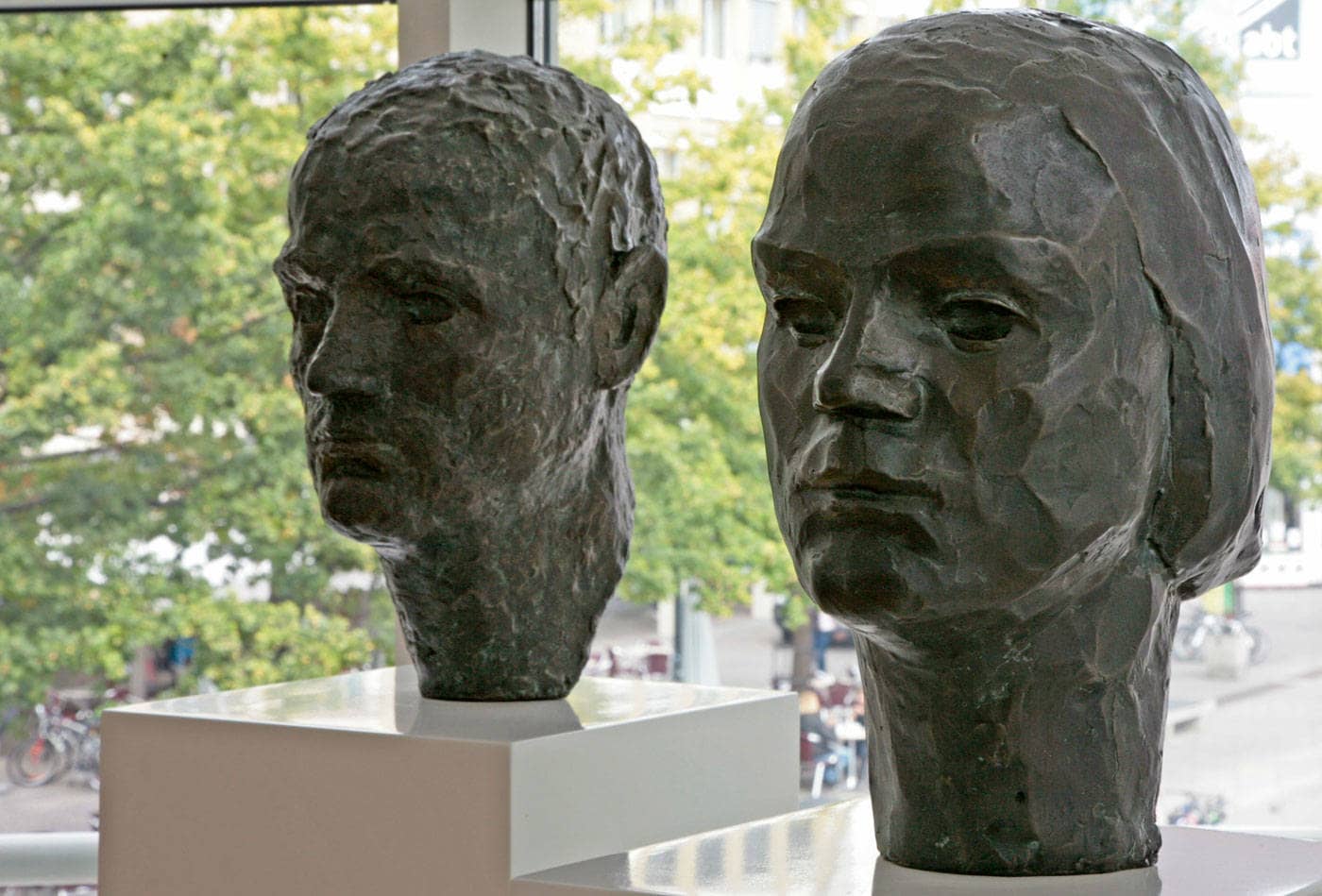
© City of Ulm
The busts of Hans and Sophie in the Stadthaus Ulm were created by Otl Aicher.
After Hans’ and Sophie’s execution the whole family was placed under collective arrest – all except Werner, who was sent to the eastern front. He never came back. The father was sentenced to 18 months of incarceration, amongst other things for listening to BBC. Ulm’s NS district leader initiated a merciless and virulent campaign in the local press, titled ”Scholl – how much longer?” The family took their refuge in the Black Forest. Following theend of the war, the allied forces in Ulm appointed Robert Scholl Lord Mayor of Ulm on June 7th 1945. He kept this position only until 1948.
The Scholls and their circle have left lastingtraces in Ulm. Inge Scholl married Otl Aicher (1922-1991), school friend of her brother Werner. Aicher had been close to the Scholls since the autumn of 1939. He was destined to become a designer of world fame. After the war he was a prime mover for the reborn intellectual life in Ulm. He is known as ”Spiritus rector” of the Ulm Adult Education Center(VH), founded in 1946 and administrated by Inge Scholl.
Additionally Otl Aicher was founding father to the legendary College of Design (hfg), an idea he shared with Inge Scholl and Max Bill. The realization of this vision however was only possible due to generous American assistance. America donated one million DM to the ”Scholl-Foundation” founded by Inge Scholl in 1950. The names of Hans and Sophie Scholl were a guarantee that the funds would be used in the spirit of the new found freedom, a freedom that arrived too late for Hans and Sophie Scholl, who died for keeping it alive.
Text: Dr. Wolf-Henning Petershagen
© City of Ulm
- Geschwister-Scholl-Haus, Olgastraße 139: In this building, where the Scholl family lived in 1933, there are commemorative plaques in the foyer.
- Oberer Kuhberg Documentation Centre (DZOK), Büchsengasse 13: The White Rose and its Ulm location are a focal point of the DZOK which also offers city tours and projects on the subject.
- White Rose Memorial in Ulm, Kornhausplatz 5: The exhibition "We Wanted Another Way" in the adult education centre portrays Hans, Sophie and 26 other young people from Ulm who came into conflict with the Nazi regime.
- Busts in the Stadthaus, Münsterplatz 50: The bronze busts of Hans and Sophie were created by Otl Aicher and are on display on the first floor.
- Commemorative stele, Münsterplatz 33: In front of Münsterplatz 33, where the Scholl family lived from 1939 to 1944, there is a stele commemorating the White Rose.
- Hans-und-Sophie-Scholl-Platz: In 2004, the City of Ulm named the newly created square in Ulm's new central area after the siblings.
- Hans-und-Sophie-Scholl-Gymnasium (Secondary School), Wagnerstraße 1: The Hans-and-Sophie-Scholl-Gymnasium was named in honour of the siblings in 1972.
- Martin-Luther-Kirche (Church), Zinglerstraße 66: The organ chamber served as a hiding place for White Rose leaflets. A small memorial commemorates this.

